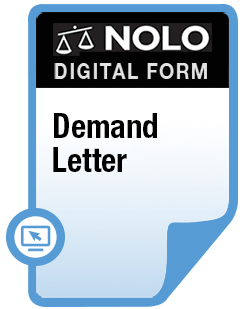When you're making a personal injury demand after a fall at a store or other commercial property, use this sample demand letter as a template.
In this sample demand letter, the claimant (the injured person) slipped and fell while shopping at a retail store. The fall caused a bulging disc in the claimant's low back. The claimant had a course of physical therapy, several weeks of chiropractic care, and medical bills of just over $9,000.
A slip and fall claim is a type of premises liability case. If you're pursuing a personal injury claim involving a slip and fall accident, have a look at this article describing the basics of a premises liability claim. A fall on business or commercial property may put increased legal responsibilities on the property owner. Find out what you need to include in your slip-and-fall demand letter.
We are not your lawyer, and this sample letter is not a replacement for qualified legal advice. It's for instructional purposes only. If you think you have a personal injury claim, you should consider hiring a personal injury attorney. This is especially true if the facts are complicated, your injuries are serious, or there are difficult legal issues involved. An attorney can guide you through the process and help you to maximize the value of your case.
Sample Demand Letter
Learn more about Proving Fault in Slip and Fall Cases.


